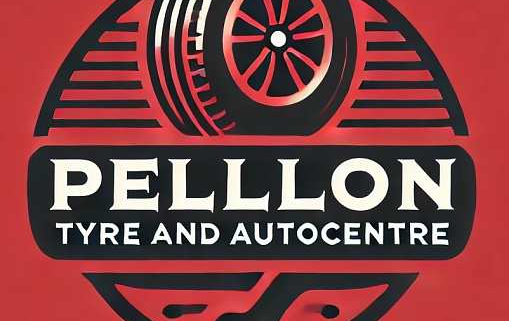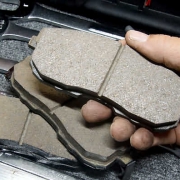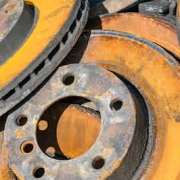Renault Cleo Brake Disc Problem
Renault Cleo Brake Disc Problem
Renault Cleo Brake Disc Problem
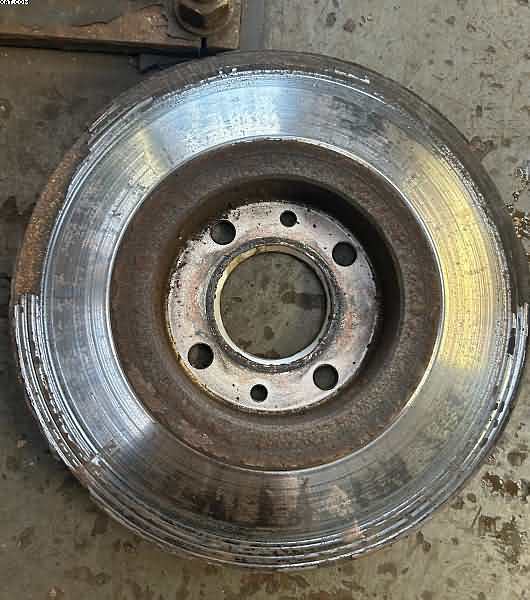
Renault Clio Brake Problems:
A Trip to Halifax’s Pellon Tyres
Nothing compares to a day at Halifax’s Pellon Tyres where we never know what car will arrive. The owner of a recently arrived Renault Clio was having some fairly alarming brake problems. Naturally, we immediately got involved. If you know the roads in the Halifax area, you are aware of how important having strong brakes is for negotiating the many curves and turns of our mountainous terrain, particularly during the winter months when the roads can be slippery.
The owner of the Clio experienced a juddering sensation when braking, especially at higher speeds. It’s one of those issues that may catch you off guard, and people frequently attempt to ignore it until it becomes intolerable or, worse, dangerous. We quickly inspected the brake discs and discovered that they were deformed and worn.
Brake Discs: What Are They and Why Do They Warp? Renault Cleo Brake Disc Problem
An integral component of your braking system are the brake discs, often known as the rotors. When you push the brake pedal, they slow down your car by generating friction with the brake pads. Over time, the discs deteriorate due to constant heat and pressure.
Discs can occasionally distort, mainly as a result of too much heat. Imagine using the brakes the entire time as you drive down Shibden Valley’s steep inclines. The discs may overheat and create an uneven surface under that kind of strain. When they distort, the smooth contact between the brake pad and disc breaks, leading to vibrations during braking.
Signs of Warped or Worn Discs-Renault Cleo Brake Disc Problem
This Clio’s owner was fortunate to have identified the problem early. The following are some indicators that your discs may be nearing the end of their useful life:
Vibrations: The first indication is frequently a juddering brake pedal or a wobbly steering wheel.
Noisy Brakes: A screeching or grinding sound may indicate uneven surfaces.
Longer Stopping Distances: If your car isn’t stopping as fast as it should, it could be due to worn discs. It’s time to take action if you see grooves, scoring, or corrosion on your discs.
You don’t want these problems to occur on the A629 because they can cause more catastrophic concerns like brake pad damage or even total brake failure!
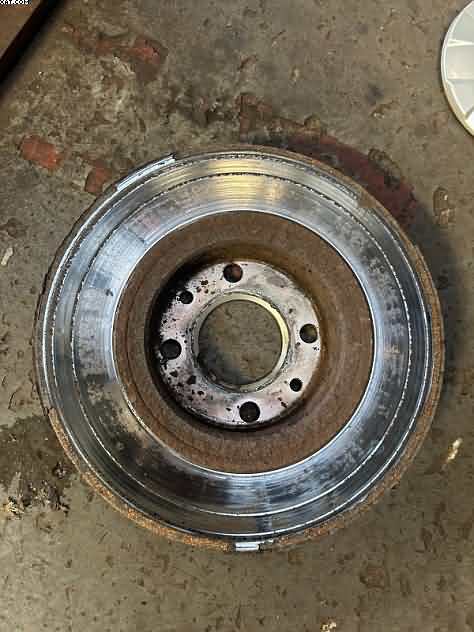
Fixing the Clio Renault
After we identified the issue, the only way to fix it was to replace the braking discs and pads. It is always advised by Pellon Tyres to replace both at the same time. Why? Even if the old discs still have life left in them, the worn-out pads will conform to their shape. Using new discs with worn-out pads could cause uneven wear, quickly destroying all of your hard work and money.
We installed a brand-new set of premium discs and pads on the Clio to make sure everything was balanced and in line. To be thorough, we also examined the brake fluid and callipers. After a brief road test up to Boothtown and around Pellon Lane for safety, it was in perfect condition.
The Significance of Frequent Maintenance-Renault Cleo Brake Disc Problem
In Halifax, we frequently find clients who only contact us when something goes wrong. However, identifying problems early on, whether they are with your exhaust, tires, or brakes, will ultimately save you money and worry. A basic examination may have detected wear on the Clio before it progressed to damaged discs.
Therefore, if you notice a problem with your brakes while driving around Halifax, don’t wait any longer. Visit Pellon Tyres, and we’ll take care of you right away. Our top priority is keeping you safe, whether you’re driving a Renault Clio or anything else. After all, one vehicle at a time, our goal is to keep Halifax moving safely!
Be careful on the roadways and keep in mind that we’re only a short distance away if your car is yelling (or whispering!) for attention.
- VW-Golf-for-Mazzini-Tyres
- Wheel Balancing is Important
- Ford-KA-Exhaust-Replacement
- Motorists Cant Afford Next MOT
- Continental tyres used in Daytona
